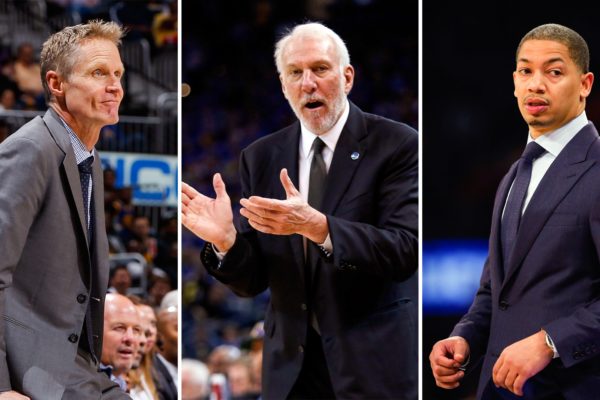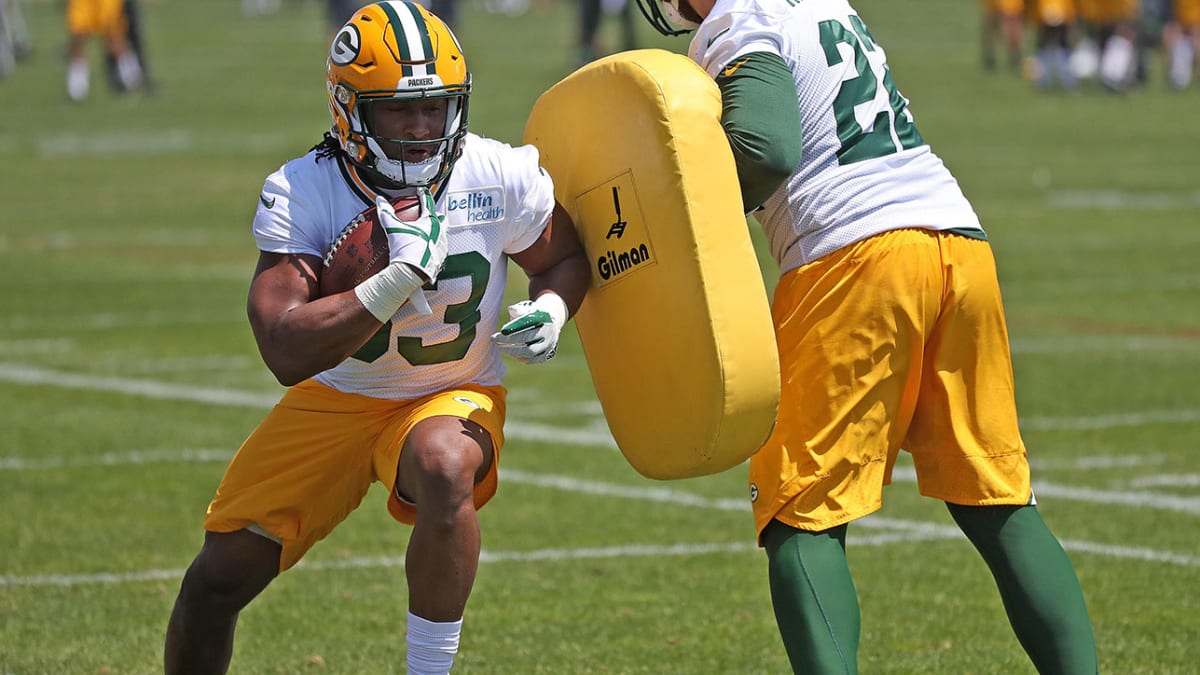The NFL is home to some of the world’s most amazing athletes. The demands of various football positions make year-round training absolutely essential, whether it’s a lineman trying to hold back more than 300 pounds or one of many wide receivers that eclipse the 20 mph mark. Professional football players constantly have to face one another in a very physical sense. That means if you’re a player who falls behind and gets out of shape, your opponent will manhandle you.
Training among NFL players is a mixture of objective sports science and some individual quirks. In addition to this, there are various rules for when they can or can’t practice. The league also experienced a number of interesting offseason stories throughout the years, most often including players who show up to camp severely overweight. Training in the NFL is an interesting topic for good reason.
Dieting Idiosyncrasies
Dieting throughout the season and offseason tends to vary significantly based on a player’s position and expectations. While a speedy wide receiver may want to remain mobile and lean, an undersized lineman might be instructed to put on some weight. Each team has nutritionists on hand that work alongside coaches on programs for the players.
Their success in these workouts depends on willpower. Some player have plenty of willpower like Tom Brady and Larry Fitzgerald. Others clearly do not, as players like JaMarcus Russell and Eddie Lacy have shown with dramatic offseason weight gain.
While all successful players watch their diet to some degree, some are more serious about it than others. NFL great Tom Brady, for example, is well-known for his extremely strict diet. In fact, in a recent endorsement deal with food-delivery service Purple Carrot, a food plan was designed based on Brady’s strict regulations. This means high-protein, gluten-free meals that are limited in refined sugar and soy. Most difficult of all, Brady avoids eating dairy, seafood, eggs, meat and processed foods.
Of course, there are players who aim at gaining weight, in which case they will eat a lot of protein with some fatty foods thrown in. Exercise is most essential for them, as they are trying to translate extra calories into muscle weight.
Working Out
Diet is an important part of offseason training for NFL players, but exercise is just as important. A player eating Tom Brady’s diet will be weak if they aren’t training properly. Similarly, a player seeking to gain weight but failing to exercise correctly will simply add fat. A training program for NFL players often works on different body parts each day.
Weekends are typically light, just like during the regular season when players are prepping for game day. Monday through Friday are generally a full go session. Early week workouts consist of gradual warm ups, including side toe-to-heel raises, reverse hip circles, prone hurdles and hamstring bridges. Some players opt for yoga as well. Generally, on Monday and Tuesday, you are easing your body back into workout mode for more intense workouts in mid-to-late week.
Both the upper and lower body are emphasized, with the latter headlined by exercises such as pin squats, trap bar deadlifts and prowler pushes. Acceleration is often featured later in the week, when the legs are prepared for endurance. Five- to 20-yard sprints can be incorporated. The actual exercises and schedule vary among players, but generally working these body parts gradually are a universal practice.
Another training method involves water workouts using an underwater treadmill. It’s especially useful for rehab and bringing back muscles to full strength, without overexerting them. The pressure from the water doesn’t allow a player to push himself too hard, but he can still work out muscle groups appropriately.
The Rules of Practice and Training
The NFL Players Association has a lengthy list of practice and training rules that, if not abided by, can result in suspensions and fines. They’re also a guideline for coaches to avoid overworking players.
For example, contact work is prohibited in all offseason workouts, as are more than four workouts per week. The various stages are phase one (four hours), phase two (four hours), phase three (six hours), OTAs (six hours) and minicamp (10 hours). During the season, players are obligated to report on time and abide by team policy.
When Training Is Neglected
Despite a variety of nutritionists and coaches at their disposal, some players find extreme difficulty in improving their physical condition. In some cases, it can even deteriorate over an offseason where diet is poor and training is neglected.
JaMarcus Russell, the first pick of the 2007 draft, ballooned to more than 300 pounds and had his career essentially ruined because of it. Running back Eddie Lacy remains in the league, though he has fallen from a top-tier starter to an oft-injured bench player due to weight gain. He has flip-flopped back and forth between desired playing weight and being overweight, though it continues to be a struggle that will once again be watched by potential suitors this offseason.
NFL training is very demanding, with some variation between players based on position and goals. Considering the demanding physical extent of the sport, diet and exercise among its players remains an important and much discussed topic.





